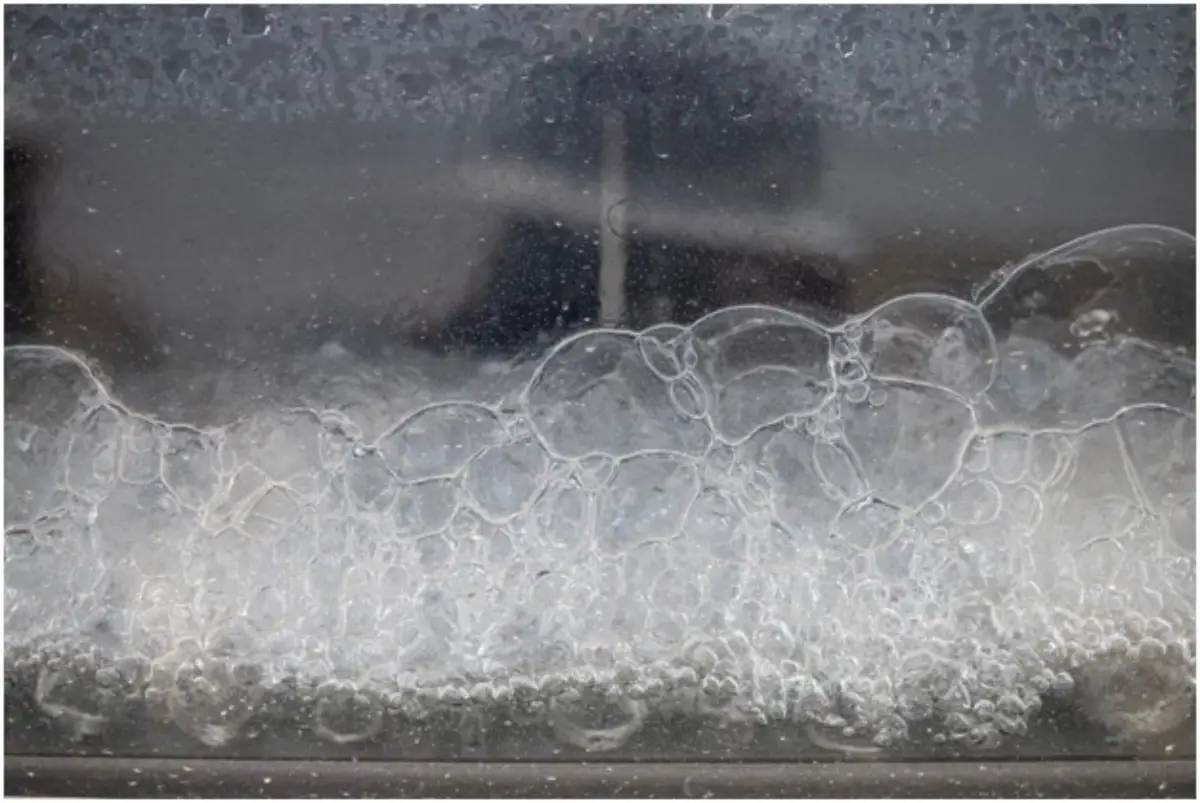
In Arid New Mexico, Rural Towns Eye Treated Oil Wastewater
Photo: Reuters/Adrees Latif
JAL, NM (REUTERS) – Flying over the desert landscape of southeastern New Mexico in a four-seat helicopter, Stephen Aldridge could count around a dozen man-made lagoons brimming with toxic wastewater glistening between drill rigs and pumpjacks.
While it is a growing hazardous waste problem from the region’s booming drilling industry, the mayor of the tiny town of Jal – nestled near the border with Texas in the heart of US oil country – viewed the sweeping scene as an opportunity: a source of water in the second-biggest oil producing state suffering from worsening drought.
Aldridge is among a growing group of New Mexico politicians who want the state to develop regulations allowing for the millions of gallons of so-called produced water gushing up daily alongside the Permian basin’s prolific oil and gas to be treated and used, instead of discarded, and who are encouraging companies to figure out how to make it happen cheaply, safely and at scale.
In 2022, the oil and gas industry in New Mexico produced enough toxic fracking wastewater to cover 266,000 acres of land a foot deep. While the state’s drillers reuse over 85% of their produced water in new oil and gas operations, the rest is pumped underground.
With injection wells filling up, however, New Mexico has begun restricting deep-underground disposal, which has triggered earthquakes. The state is now expected to export over 3 million barrels of that water per day by the end of 2024 – a strange dynamic in a water-scarce state.
Around 10 wastewater treatment firms in New Mexico are taking up the challenge under a state-supported pilot program, that has so far spurred projects to grow crops like hemp and cotton and irrigate rangeland forage grasses.
While completed pilots have shown the technology works, it is currently too expensive for widespread adoption.
The companies and their backers also face a tough political battle. The debate over how this water should be used is one of the most divisive political questions facing New Mexico, with opponents mainly worried about the unintended human health consequences and subsidizing the oil industry’s waste issue.
Neighboring Texas is also dealing with growing problems around wastewater disposal, including an epidemic of exploding orphan wells as subsurface pressure rises, raising worries about a potential crackdown there too.
Other states such as Colorado and California already use treated produced water in small amounts for agriculture. But New Mexico’s situation is unique because the volumes are overwhelming and the water itself needs much more intensive treatment because it is unusually briny – three times saltier than the Pacific.
Avner Vengosh, a professor of environmental quality at Duke University, said unknown safety risks are a key concern.
Under federal law, U.S. producers are not required to disclose all the chemicals they introduce to oil wells while drilling, raising worries that water treatments and testing are missing some dangerous components.
“There are a lot of technologies that can treat the water, but the question is how can we evaluate all possible contaminants in produced water? I’m not saying it’s impossible, but I am saying it needs to be done correctly,” he said.
During a week of hearings on the effort in early August, divisions were huge, with environmental groups and some scientists questioning how safe the end-product could be.
Daniel Tso, a former Navajo Nation Council member, said the Navajo had been stung before in New Mexico when decades of uranium mining on their land in the last century led to widespread radioactive pollution.



